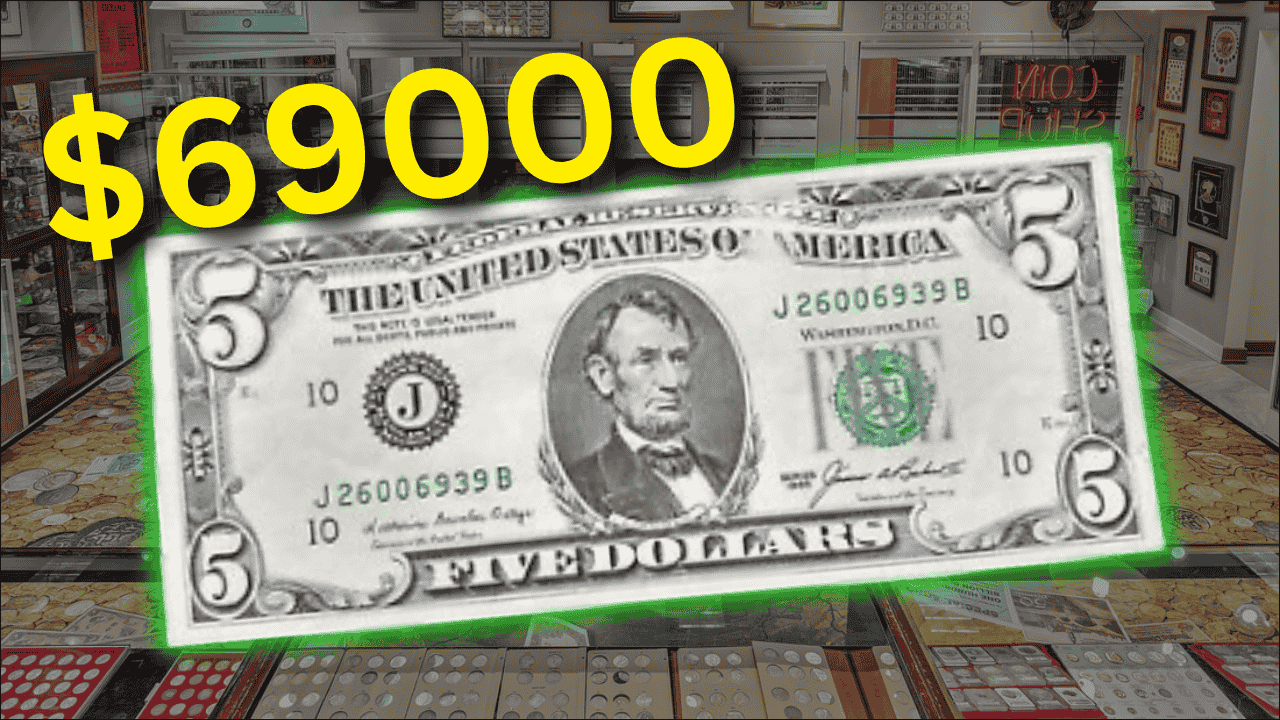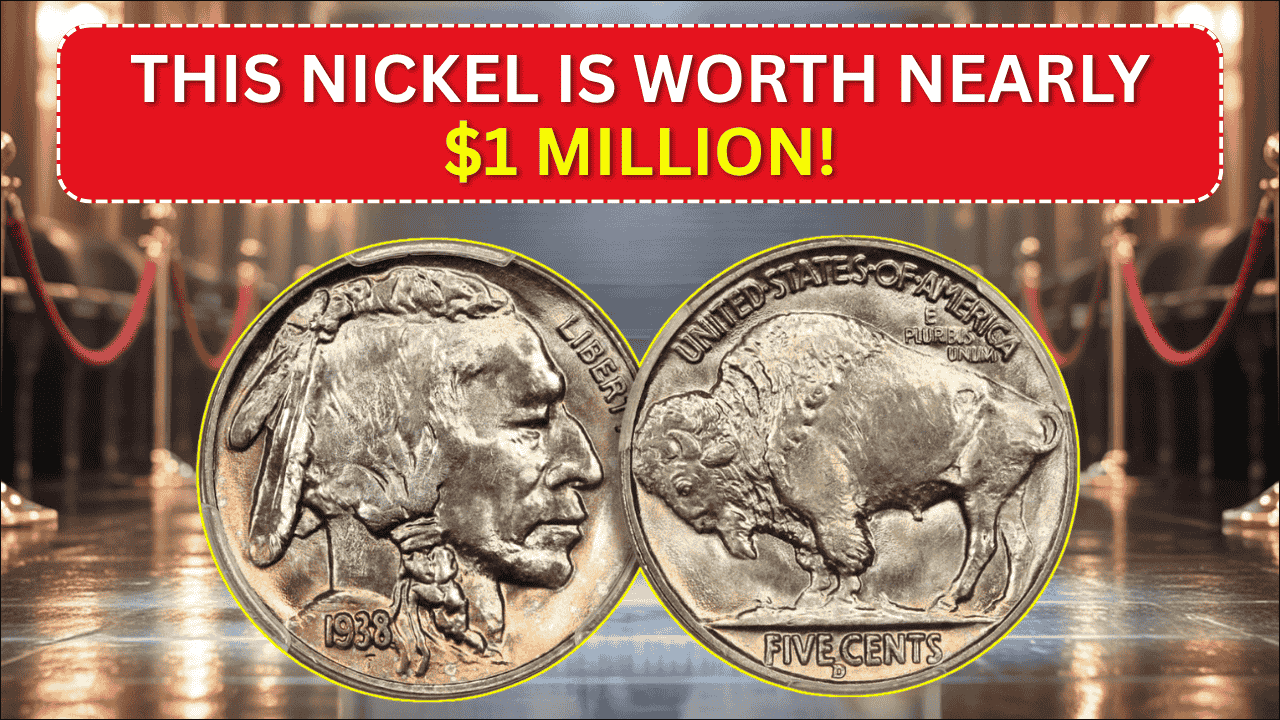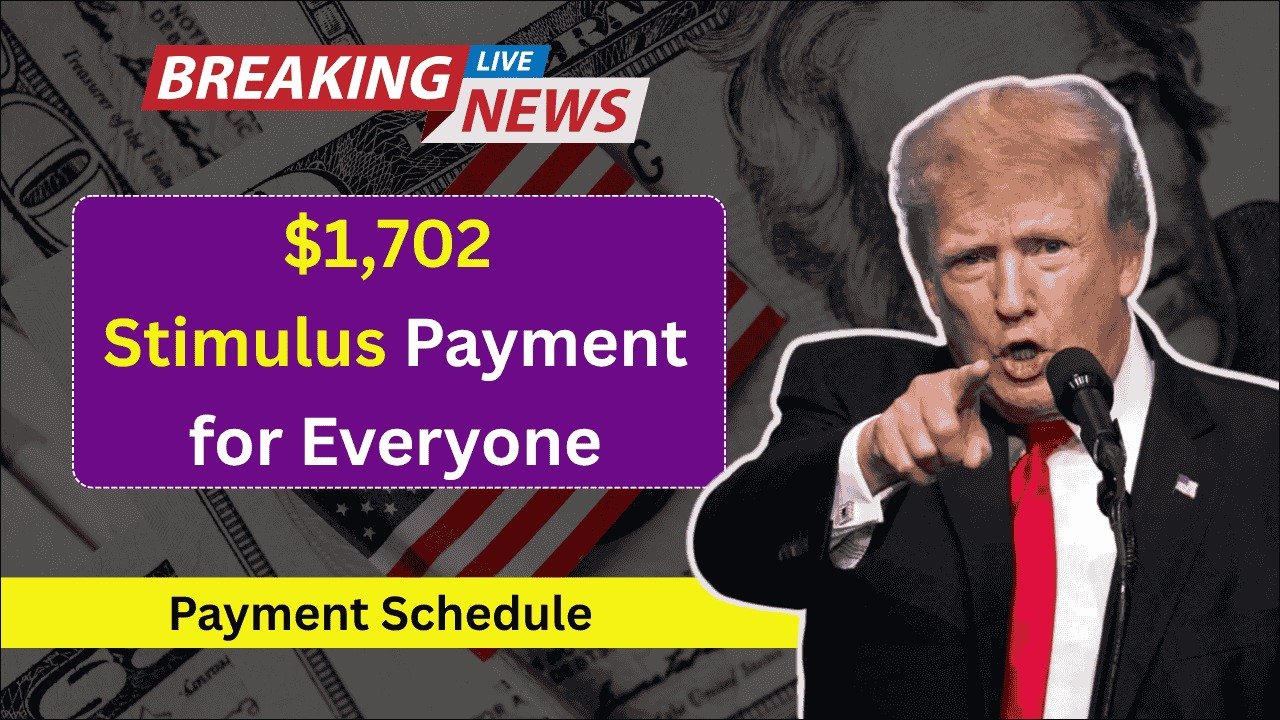In the fascinating world of coin collecting, it’s often the small, accidental minting flaws that send collectors into a frenzy — and send prices sky-high. One such case recently caught attention when a rare 2014 Sacagawea Dollar with a dramatic reverse-side error known as the “Speared Eagle” sold for a whopping $12,300. This is a stunning price for a coin with a face value of just one dollar.
So, what made this particular coin so valuable? Let’s explore the backstory, the specific error, and how even modern coins like this one can become unexpected treasures for collectors.
Table of Contents
Overview
| Key Feature | Details |
|---|---|
| Coin Type | 2014 Sacagawea $1 Coin |
| Minting Program | Native American $1 Coin Program |
| Error | Reverse die gouge appearing like a spear through the eagle |
| Nickname | “Speared Eagle” |
| Sale Price | $12,300 |
| Grading | Likely Mint State (MS), graded by a professional service |
| Estimated Rarity | Extremely scarce, only a few examples believed to exist |
| Official Info | U.S. Mint – Native American $1 Coin |
What Is the 2014 Sacagawea Dollar?
The Sacagawea Dollar was first introduced by the United States Mint in 2000 to honor Sacagawea, the Native American woman who played a vital role in the Lewis and Clark expedition. Since 2009, the coin has been part of the Native American $1 Coin Program, which features annually changing reverse designs that celebrate contributions of Native American tribes to U.S. history and culture.
The 2014 version depicts a Native American farmer planting corn, beans, and squash—representing the “Three Sisters” agricultural technique that was central to Indigenous farming traditions. The obverse still features Sacagawea carrying her infant son, as in previous versions.
The ‘Speared Eagle’ Error: A Striking Visual Flaw
Although the nickname “Speared Eagle” is more famously associated with a rare error in the 2000-P Sacagawea Dollar, a similar and extremely rare variation unexpectedly appeared on a 2014 issue. This error was caused by a die gouge—a scratch or indentation caused by a damaged die used during the minting process.
In this particular 2014 coin, the die gouge appears as a prominent, deep line that cuts across the eagle on the reverse, making it look as if a spear has pierced its body. It’s a highly visible and dramatic flaw, making it instantly recognizable, even to casual collectors.
Unlike subtle errors that require magnification to detect, this “Speared Eagle” mistake is obvious to the naked eye, which greatly boosts its desirability in the numismatic community.
Why Did This Coin Fetch $12,300?
This coin wasn’t valuable just because of the error. Several contributing factors led to its $12,300 sale price:
- Rarity: Very few of these error coins are believed to exist. Errors this dramatic are usually corrected quickly once detected.
- High Grade: The coin was likely professionally graded as Mint State (MS), meaning it’s in pristine, uncirculated condition.
- Error Type: Die gouges are considered major minting errors, especially when they are prominent and visually striking.
- Popularity of Series: The Sacagawea Dollar series has a dedicated following among collectors, especially those who seek rare or unique versions.
- Auction Appeal: Coins with well-documented provenance and professional certification often fetch premium prices at auction.
The combination of these elements created the perfect storm for a high-value sale. Collectors were not just buying a coin — they were investing in rarity, condition, and a story.
How Rare Are ‘Speared Eagle’ Error Coins?
The “Speared Eagle” version of the 2014 Sacagawea Dollar is extremely scarce. Only a handful of specimens are currently known, and it’s unlikely that many more will be found in circulation.
Most of the 2014 Sacagawea Dollars in existence are standard issues and are worth little more than their face value, even in uncirculated condition. The rarity of this particular error makes it highly coveted.
This coin is a strong reminder that errors are not mass-produced; they usually happen early in a die’s life and are corrected quickly. As such, only a small batch of coins ends up with the mistake, driving demand and price among collectors.
Final Thoughts
The sale of a rare 2014 Sacagawea Dollar with a ‘Speared Eagle’ reverse for $12,300 serves as a powerful reminder of how a single mistake in minting can create a collector’s dream. While this specific error is extremely rare, it shows that even relatively modern coins can possess significant value when they feature striking and well-preserved minting errors.
Whether you’re a seasoned numismatist or someone who just collects coins as a hobby, it’s worth checking your change and coin stash for unusual features. You never know when a tiny die gouge or oddity might transform a common coin into a valuable rarity.
FAQs
Q1:- How can I tell if my Sacagawea Dollar is valuable?
A = Look for visible errors like die gouges or get the coin professionally graded.
Q2:- Are all 2014 Sacagawea Dollars worth more than face value?
A = No, only error coins like the ‘Speared Eagle’ variety hold high value.
Q3:- Where can I get a coin like this authenticated?
A = Use services like PCGS or NGC for professional grading and authentication.





